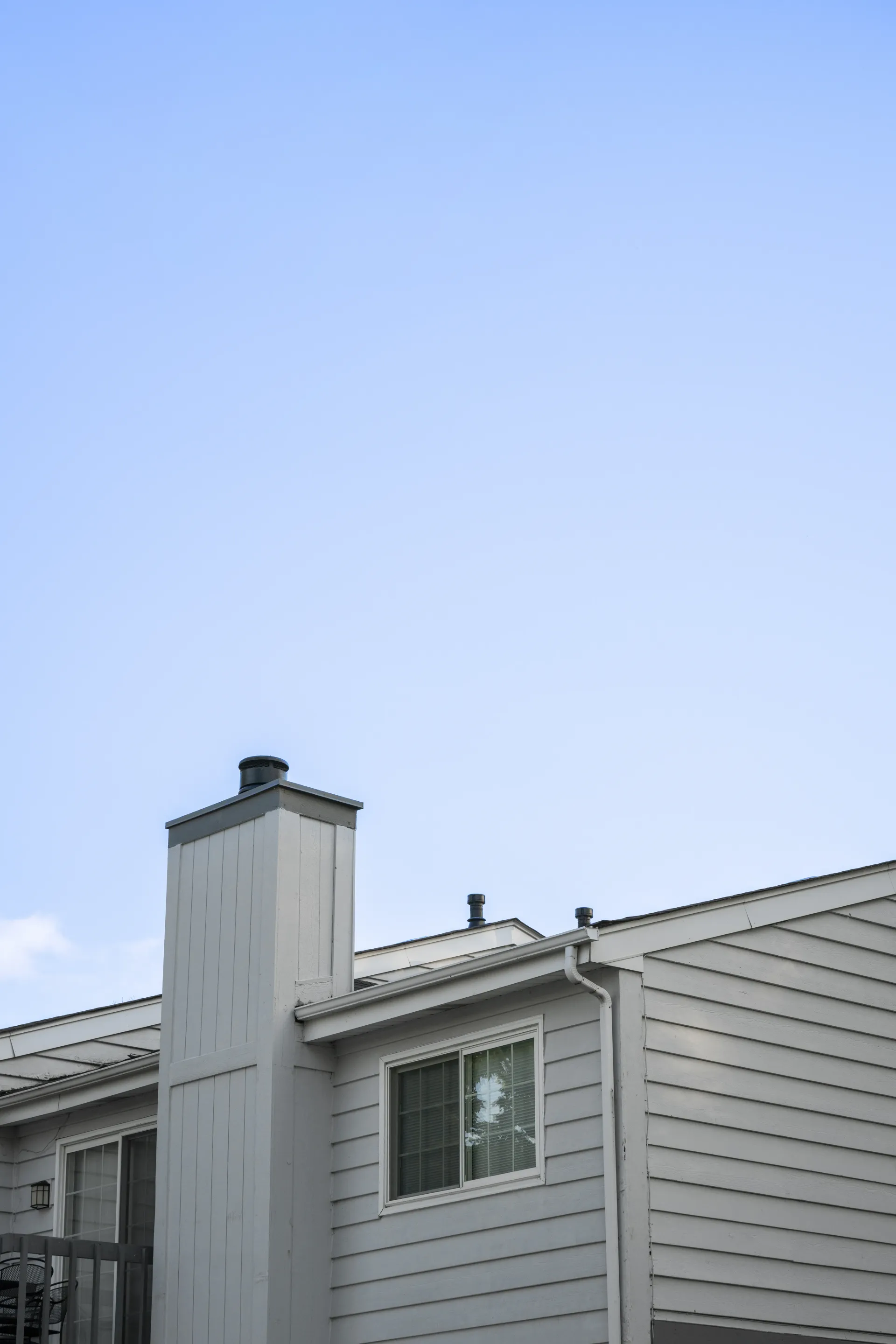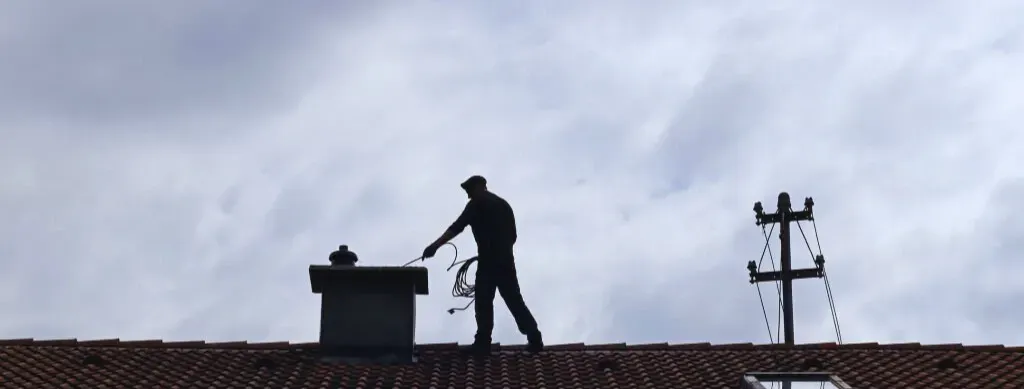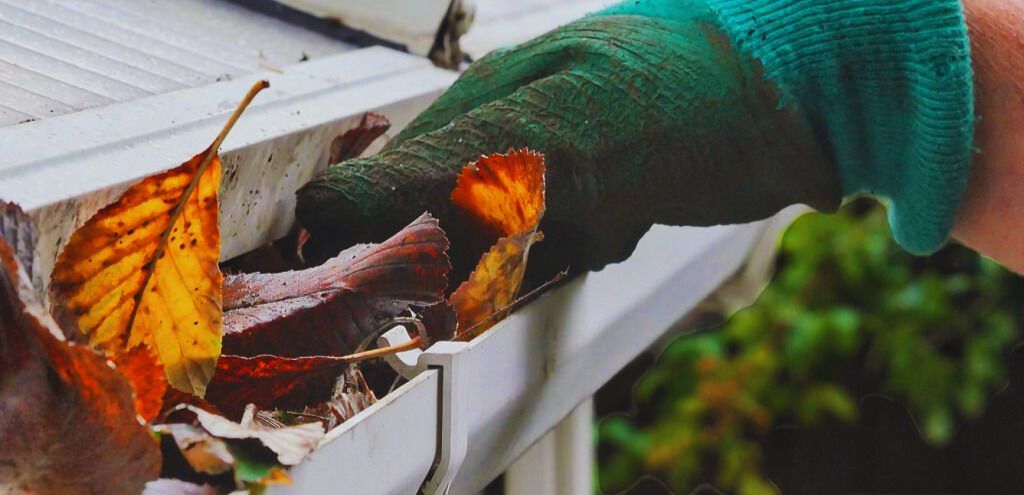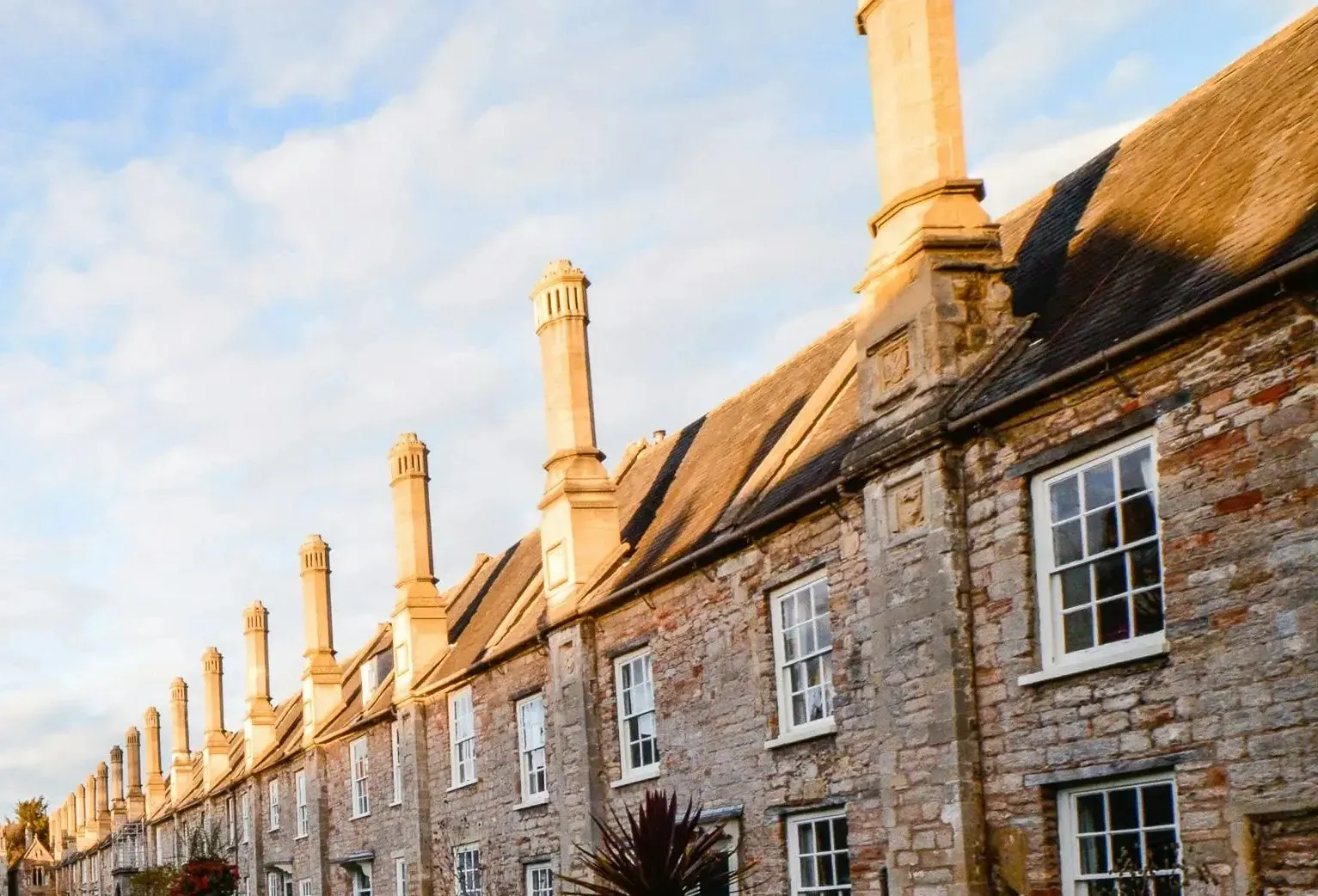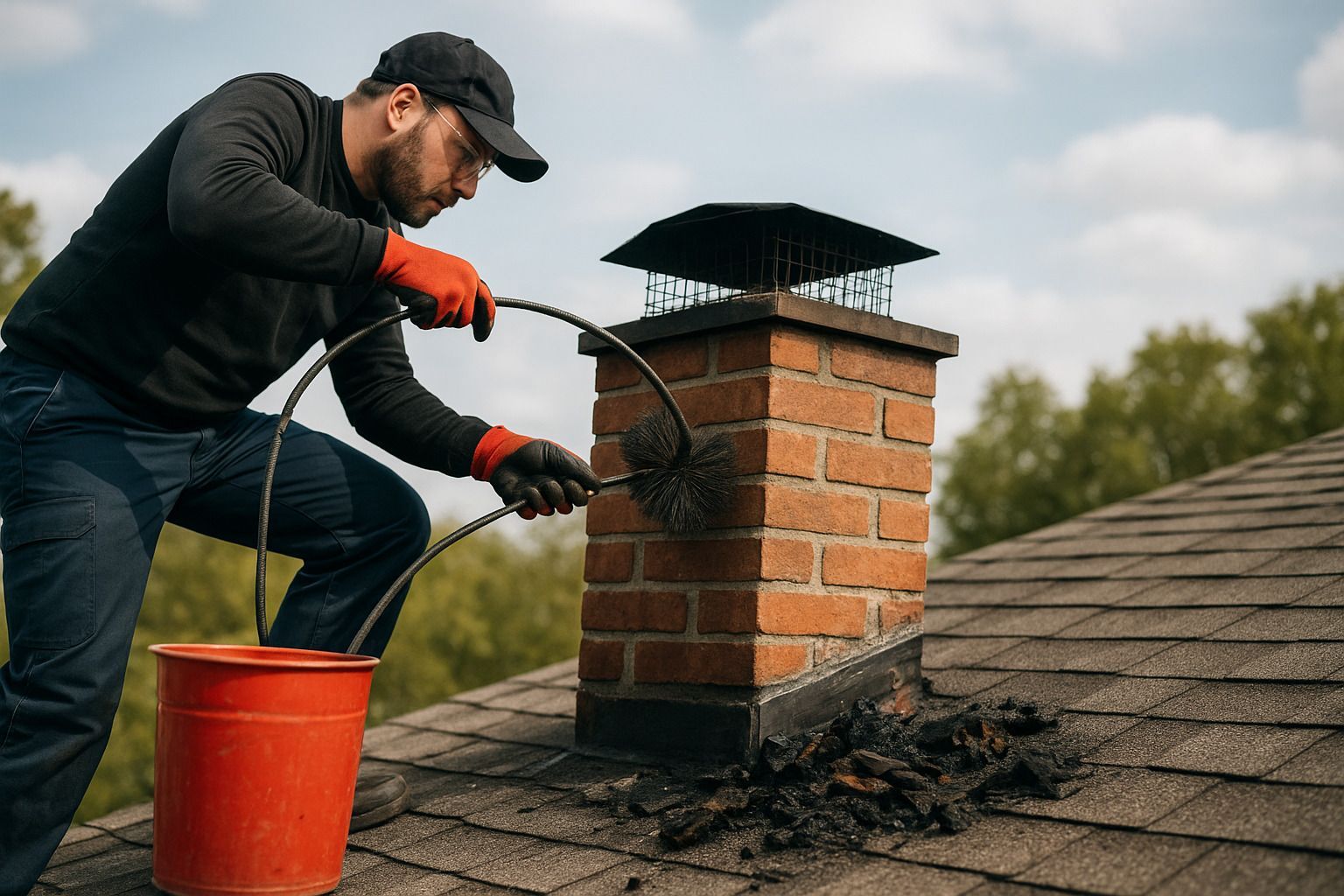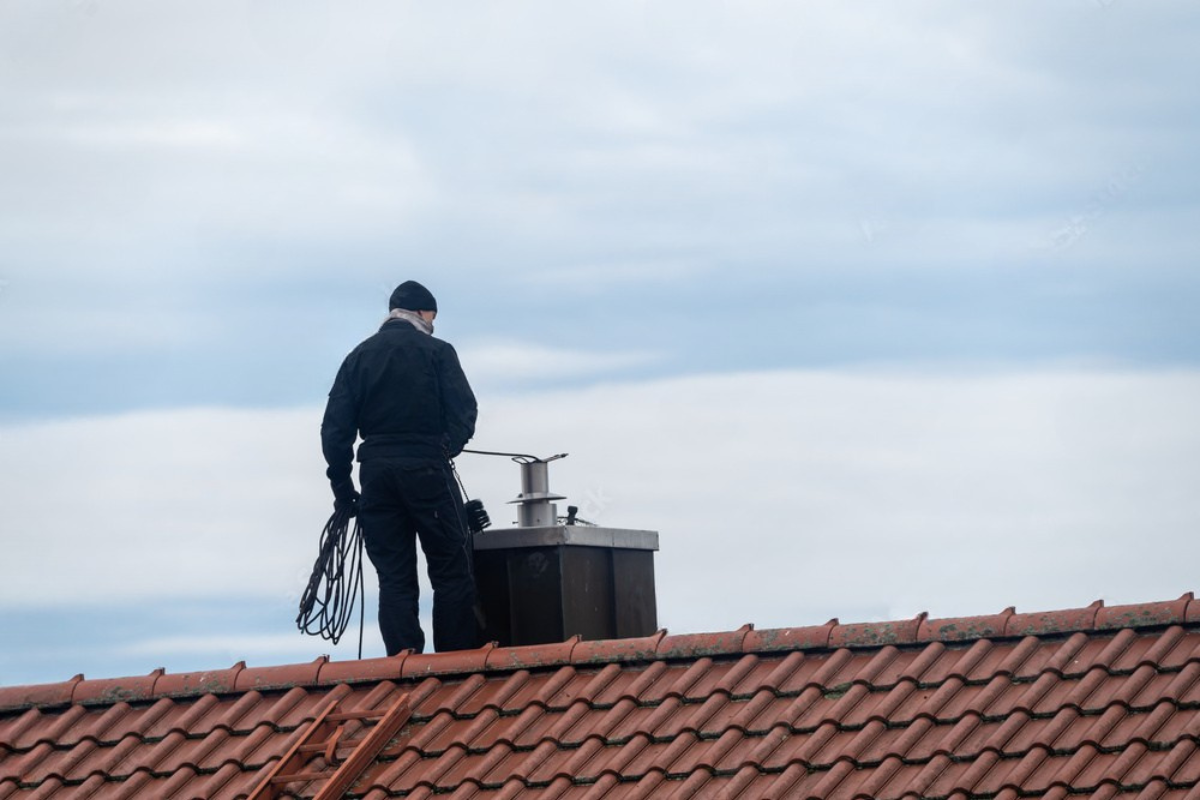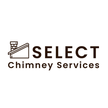Choosing the Perfect Firewood for a Warm, Cozy Fireplace
Perfect firewood burns hot, clean, and long. That means selecting wood that has been seasoned (dried) properly, has the right density, and is free from mold or pests. Good firewood will give off minimal smoke, produce a steady flame, and leave behind a fine, powdery ash rather than thick, sticky residue. When chosen correctly, your wood will not only keep you warm but will also help extend the life of your fireplace and chimney.

Introduction
There’s something magical about sitting beside a crackling fire on a cold evening. The soft glow, the gentle pop of burning wood, and the comforting warmth can turn any room into a cozy retreat. But here’s the secret most people overlook — the type of firewood you choose can make or break that experience. Using the wrong wood not only reduces heat output but can also cause excess smoke, damage your chimney, and even lead to dangerous creosote buildup. Choosing the right firewood isn’t just about grabbing the nearest log — it’s about understanding wood types, moisture content, and how they work with your fireplace.
Benefits of Using the Right Firewood
The advantages go far beyond comfort:
- Heat efficiency – Dense hardwoods burn longer and hotter, giving you more warmth per log.
- Chimney health – Low-moisture wood reduces creosote buildup, minimizing the need for frequent cleanings.
- Environmental impact – Efficient burning means fewer emissions and less wasted fuel.
- Cost savings – Longer-lasting logs mean you burn fewer pieces overall.
When you burn the right wood, you’re not just getting a better fire — you’re protecting your home and your wallet.
Hardwood vs. Softwood: Which is Best for Your Fireplace?
- Hardwoods like oak, maple, and hickory are dense, burn longer, and produce more heat.
- Softwoods such as pine, fir, and spruce ignite quickly and are great for kindling but burn faster.
A mix often works best: softwoods to get the fire started and hardwoods to sustain the heat through the night.
Seasoned vs. Green Firewood
Green wood is freshly cut and full of moisture. When burned, it produces more smoke, wastes energy evaporating water, and contributes to creosote buildup. Seasoned wood, on the other hand, has been dried for at least six months — ideally a year — reducing moisture content to under 20%. You can identify seasoned wood by its cracks, lighter weight, and hollow sound when tapped.
Best Types of Hardwood for Fireplaces
- Oak – Burns hot and slow, ideal for overnight fires.
- Maple – Clean-burning with pleasant aroma.
- Hickory – High heat output, great for extremely cold nights.
- Ash – Can burn even when slightly green due to lower moisture content.
Best Types of Softwood for Fireplaces
- Pine – Excellent kindling but avoid long burns to prevent creosote.
- Fir – Burns evenly and gives a fresh scent.
- Spruce – Quick to ignite, best used for short fires.
How to Store Firewood Properly
To keep your firewood in top condition:
- Stack it off the ground for airflow.
- Cover the top but keep sides open.
- Store away from your home to avoid pests.
- Rotate older wood to the front.
Proper storage ensures your wood stays dry, clean, and ready for burning.
Signs of Poor-Quality Firewood
Avoid wood that’s:
- Damp or heavy (too much moisture)
- Moldy or covered in fungus
- Infested with insects
- Producing a sour or musty odor
How Firewood Affects Chimney Health
Burning damp or resin-heavy wood leads to creosote buildup, which is highly flammable. This can cause dangerous chimney fires if not addressed. Regular inspections and cleanings by a professional Chimney Service will keep your fireplace safe and efficient.
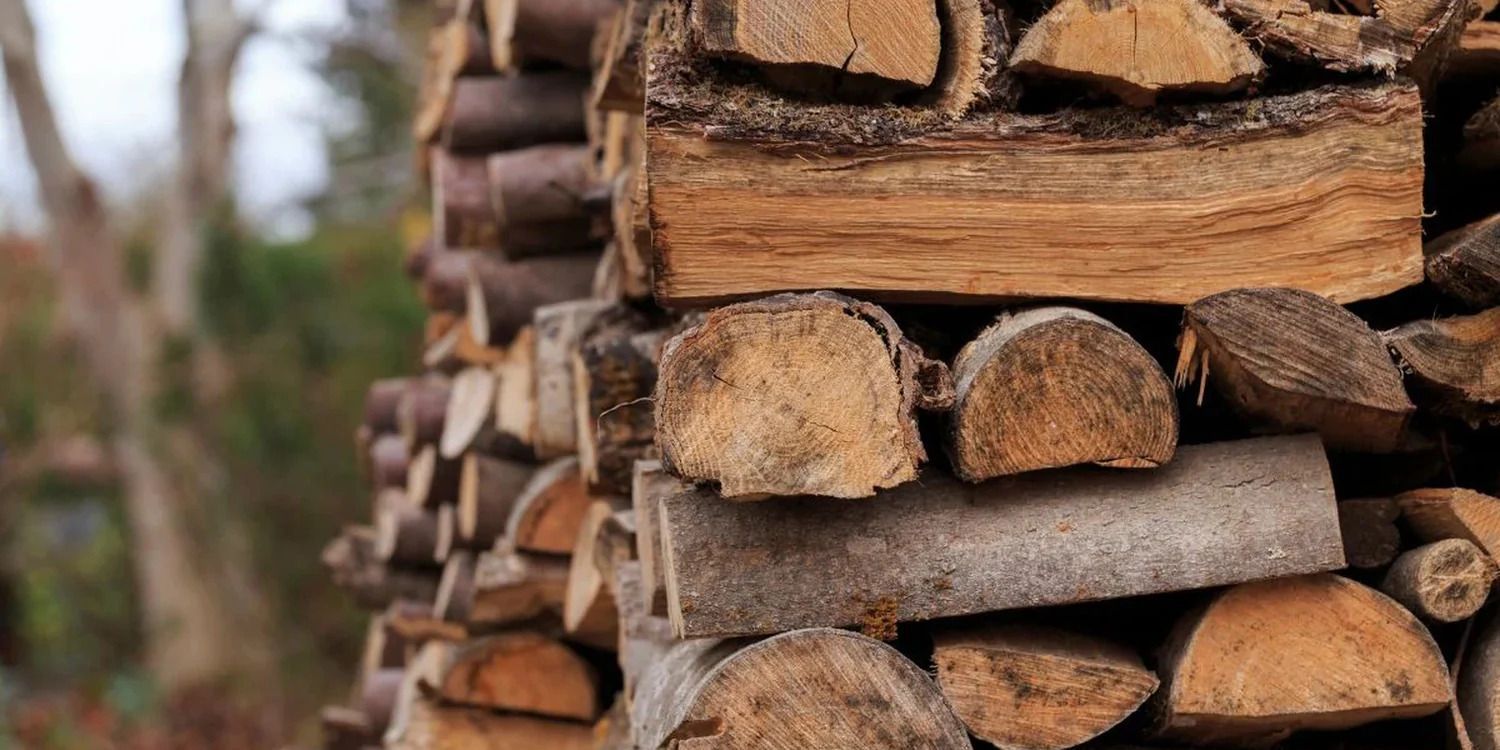
Eco-Friendly and Sustainable Firewood Choices
Look for:
- Locally sourced wood to reduce carbon footprint
- Wood from tree trimmings or storm damage
- Certified sustainable forestry products
Cutting and Splitting Firewood for Optimal Burning
Splitting increases surface area, speeds drying, and makes logs easier to handle. Use a sharp axe or hydraulic splitter, and always wear safety gear.
Firewood Moisture Meters and Why You Need One
These handheld devices measure wood’s moisture content. For the best burn, aim for readings below 20%. They’re affordable and can save you from frustrating, smoky fires.
Fireplace Safety Tips When Burning Wood
- Always use a screen to catch sparks.
- Keep flammable items away from the hearth.
- Install smoke and carbon monoxide detectors.
- Never leave a fire unattended.
Common Myths About Firewood
- Myth: All hardwoods burn better than softwoods. (Some softwoods make better kindling.)
- Myth: Burning green wood is fine if it’s hot enough. (It still creates excess creosote.)
- Myth: Any old pallet wood is safe. (Some are chemically treated.)
Buying Firewood: How to Avoid Scams and Low-Quality Wood
- Purchase from reputable dealers.
- Know how much a “cord” is (128 cubic feet).
- Avoid buying by weight — water is heavy.
DIY Firewood: Should You Cut Your Own?
Cutting your own can save money, but you’ll need the right tools, storage space, and permission (if cutting on public land).
FAQs
What’s the best wood for long-lasting fires?
Hardwoods like oak and hickory are your best bet for extended burns.
Can I burn softwood in my fireplace?
Yes, but use it mainly for kindling or short fires.
How can I tell if wood is seasoned?
Look for cracks, lighter weight, and a hollow sound.
Is burning green wood dangerous?
Yes, it causes creosote buildup and inefficient heating.
Do I need to clean my chimney every year?
Yes, annual cleaning helps prevent chimney fires.
Can I store firewood in my garage?
Only if it’s completely dry — otherwise, you risk mold and pests.
Conclusion
Choosing the perfect firewood is part art, part science — and all about comfort and safety. By selecting well-seasoned, high-quality wood and storing it properly, you’ll enjoy hotter fires, lower heating costs, and fewer chimney problems. For expert help maintaining your fireplace, reach out through Contact.
Links
